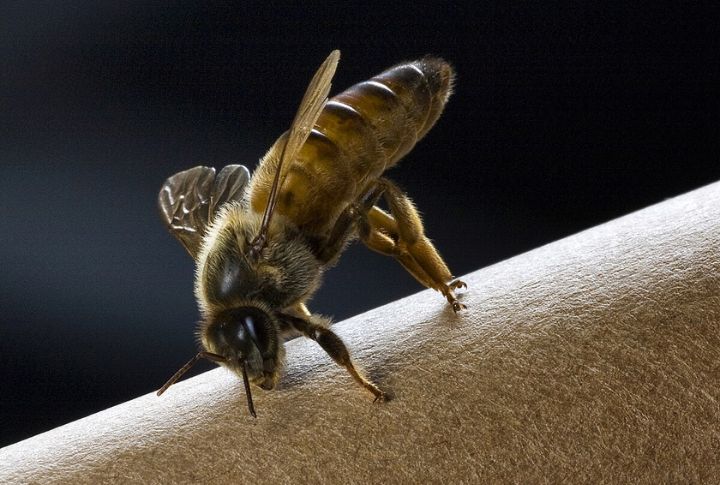
Everyone bows to the queen bee, but her reality is more horror show than royalty. She doesn’t rule—she’s monitored, controlled, and replaced the moment she slips. Her throne is built on strange biology and brutal politics. Ready to meet the insect world’s most overworked and overrated monarch?
Royal Jelly Shapes The Queen Bee
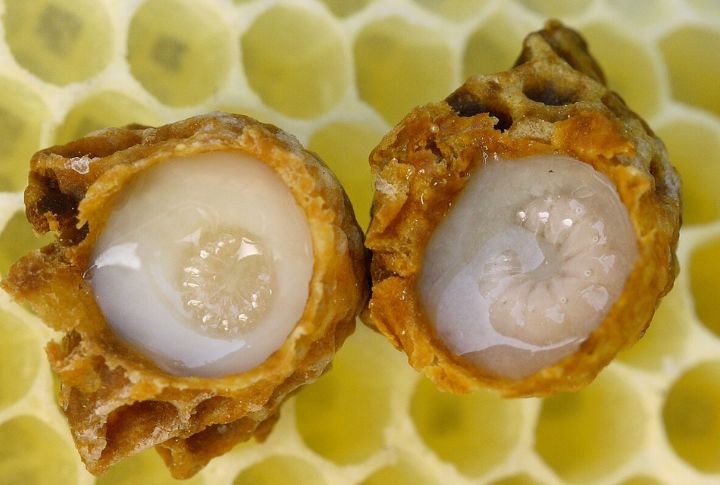
Worker bees create a jelly substance in their heads that decides the larvae’s fate. Most larvae get plain food, but a chosen few are fed royal jelly nonstop for six days. These special proteins flip genetic switches inside the larvae. As a result, their bodies grow larger, which sets them apart from worker bees.
Physical Changes From Royal Jelly Feeding

Royal jelly rebuilds a queen’s entire body structure. Her abdomen stretches longer to support endless egg-laying. Inside, she grows nearly 200 egg-making tubes—far more than any worker. Even her exoskeleton stays soft in key spots so she can bend deep into cells without breaking her rhythm.
One Mating Flight For A Lifetime Of Offspring
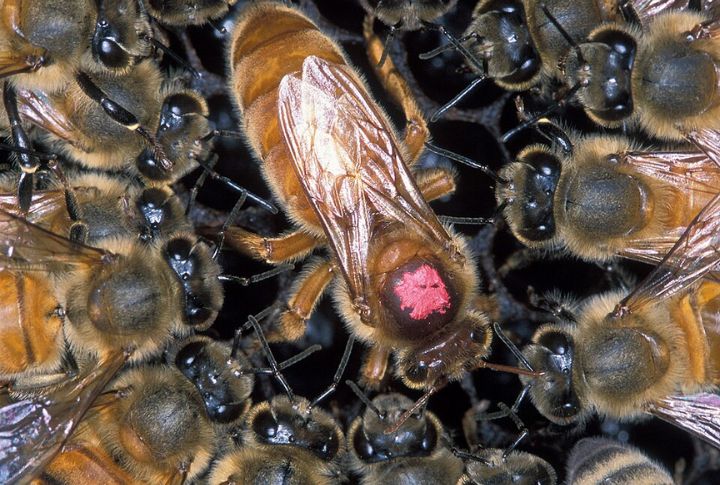
She emerges from the hive as a virgin and returns as a living egg factory. During this single mating journey, she collects sperm from up to 20 drones. Her body stores this genetic material in a special pouch for years. After landing back home, the mating ends forever, and egg-laying begins immediately, nonstop until her death.
Queen Bees Compete To Lead The Hive
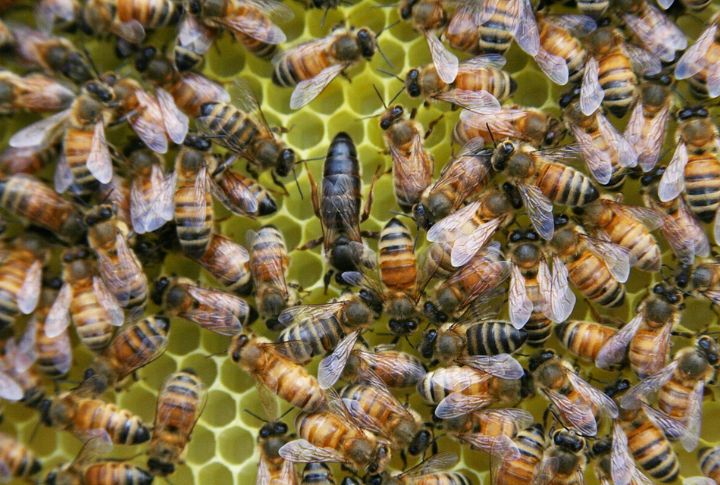
Queens can’t share a hive, so they kill each other. When multiple royal sisters emerge, they immediately start hunting using their keen senses to track rivals and sting their sisters to death. Worker bees watch this deadly battle without interference. The strongest survivor becomes the new ruler while her dead sisters get dragged away.
The Queen’s Unique Role In The Hive

The queen bee’s body constantly releases invisible pheromones that tell 50,000 worker bees exactly what to do. Workers spread her smell throughout the hive by touching and grooming each other. When her scent weakens, bees know their ruler is failing, and it’s time to choose another queen.
New Queens Are Raised And Replaced
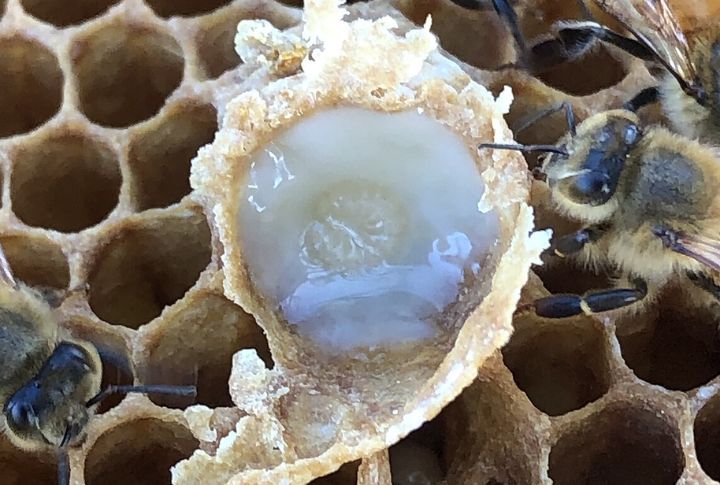
Workers notice when their queen gets weak through her scent. Bees quickly pick young larvae and feed them only royal jelly to create new queens. When a new queen hatches, she either fights the old queen or takes over if the old one has already died. In this way, the hive replaces its failing leader to stay alive.
The Queen’s Specialized Stinger
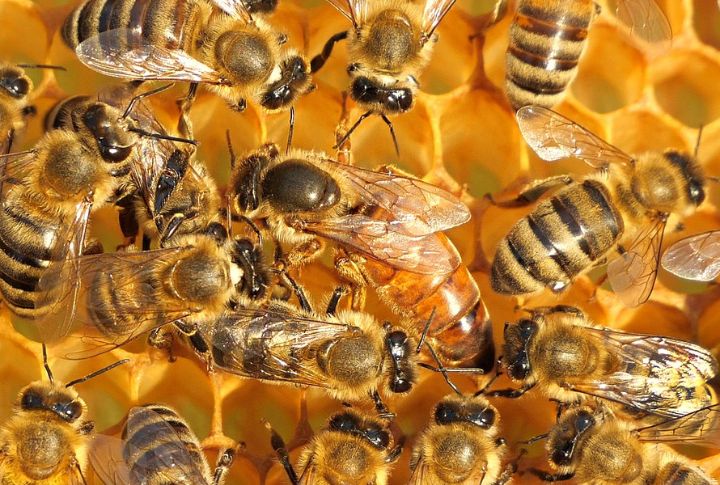
A queen’s stinger works differently from worker bees. Workers die after one sting because their stingers are weak, but queens have smooth stingers that slide out easily, which lets them sting multiple times. Her stinger primarily serves to stab sister queens during royal battles. The same sharp tool also places eggs perfectly into honeycomb cells.
The Queen’s Remarkable Egg-Laying Ability
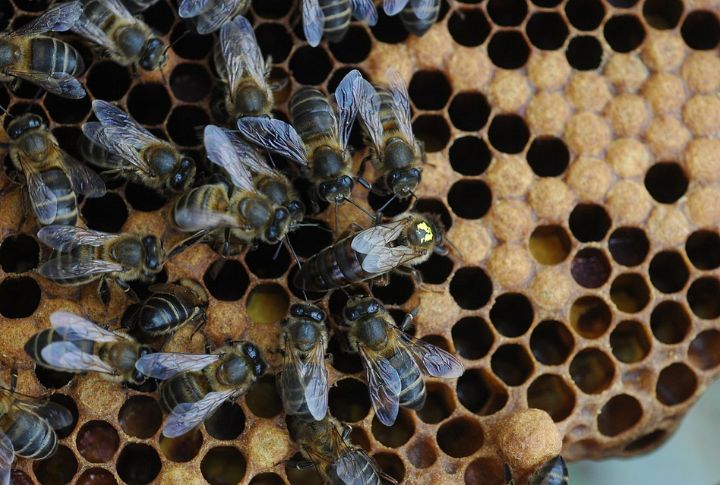
Once in power, a queen bee lays up to 3,000 eggs a day, each placed with precision in hexagonal cells. She decides each egg’s gender by fertilization. Her needle-like ovipositor ensures accuracy because without her nonstop laying, the colony would weaken and eventually collapse.
Hive Dynamics Affecting The Queen
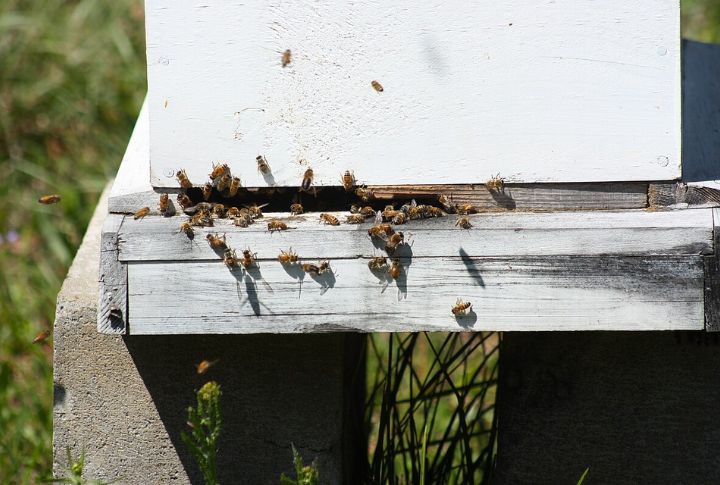
Worker bees constantly judge their queen’s performance, so she rules only as long as workers allow it. When workers sense weakness, they stop feeding her properly and start creating replacement queens. Her chemical signals usually keep workers from reproducing or making rivals. But crowded hives, disease, or environmental stress can break her control quickly.
Understanding The Queen’s Lifespan

A queen can live for years while workers die in weeks. A healthy queen can survive up to five years, but staying alive doesn’t guarantee she retains power. Her egg production must stay high, and her scent must remain strong, or the hive will kill her. Beekeepers replace queens even faster, often switching them out every two years to boost honey production.

